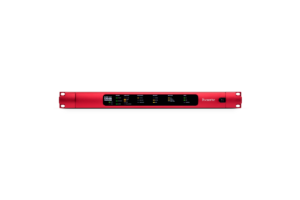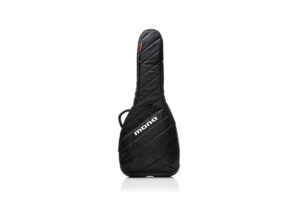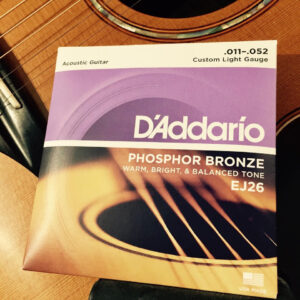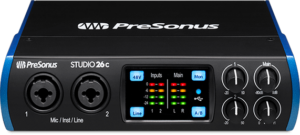Audix Fusion f15 Small Diaphragm Wide Cardioid Condenser Microphone
- Multi-purpose instrument micrphone
- Excellent for capturing high frequencies
- Easy to position and use Roadworthy construction
- 3 year warranty
APPLICATIONS:
- Cymbals
- Overheads
- Hi-Hat
- Goodie Table
- Audience mic
Original price was: ₹6,060.00.₹5,500.00Current price is: ₹5,500.00.
The F15 is a condenser instrument microphone designed for live sound and studio applications. Characterized with a tailored frequency response of 100 Hz – 20 kHz, the F15 is ideally suited for instruments requiring detailed reproduction in mid-high and extended high end frequency ranges. A wide cardioid pick-up pattern along with high sensitivity allows for close miking as well as overhead and distance miking. Compact and roadworthy, the F15 features a durable die cast zinc alloy body and steel mesh grill. Low impedance and balanced output allow interference-free performance even with long cable runs. The F15 operates on phantom power of 9-52 volts.
ARCHITECTS AND ENGINEERS SPECIFICATIONS:
The microphone shall be a back plate pre-polarized condenser available with a cardioid polar pattern. The microphone shall operate on 9-52 Volts phantom power and the nominal output impedance shall be equal to 200 ohms at 1 kHz. The microphone shall have a sensitivity of 10 mV / Pa at 1 kHz. The microphone shall have a maximum SPL level of ≥135 dB with THD of 0.5%. The microphone body shall be of die cast zinc alloy and the dimensions shall be 19 mm in diameter at the base, 28.5 mm in diameter at the widest point on the grill and 160 mm in length. The microphone shall be the Audix F15.
OPERATION:
USER TIPS:
The F15 has a cardioid pick-up pattern which helps to eliminate sound from other instruments on stage from “bleeding” into the microphone. However, since the F15 is a condenser microphone, it is much more sensitive than a dynamic and will pick-up sound from a greater distance. The acoustic nature of the instrument being miked along with how loud it is will determine how far the microphone should be from the sound source. For example, an F15 can be placed 1-2 feet above the cymbals of a drum kit and still pick up plenty of sound, whereas for a high-hat an F15 will need to be within 4-6 inches to be effective. Allow a distance of 2-3 feet between microphones to avoid phase issues.






